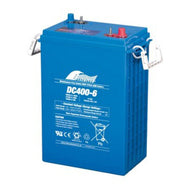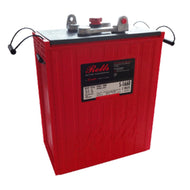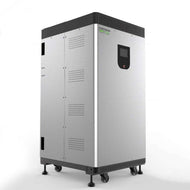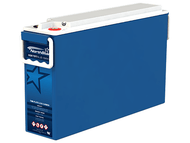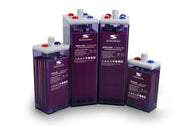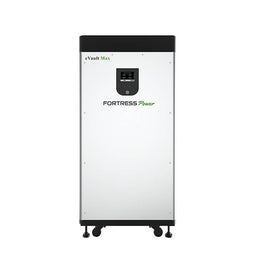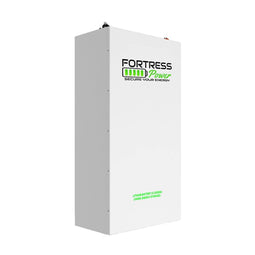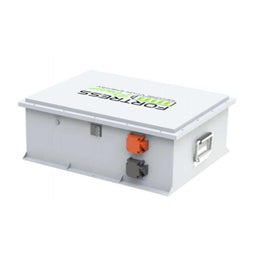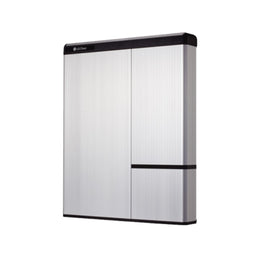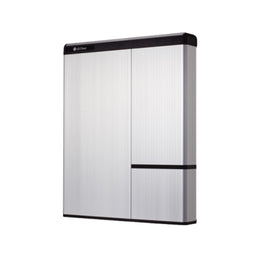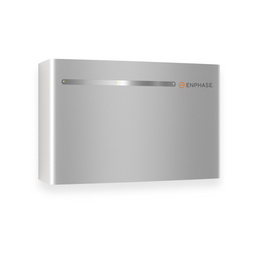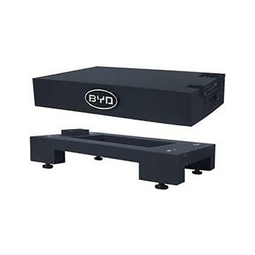About Lithium Batteries
Probably the most advanced storage technology that marketed across the globe is Lithium batteries. As the name suggested, lithium ions act as electron discharging agent that move from the negative electrode positive electrode, and back when charging. The Lithium batteries utilize an interpolate lithium compound as positive material at the electrode and typically graphite at the negative electrode.
On the positive note, these batteries have a high energy density, and low self-discharge make it ideal to incorporate with all the battery inverters. Moreover, these batteries areequipped with safety procedures since they contain a flammable electrolyte, and if damaged or incorrectly charged can lead to explosions and fires.
A Typical Comparison of Lithium Battery Over Lead-Acid:
|
Lithium Battery |
Lead-Acid |
|
|
Cost |
Expensive |
Less Expensive |
|
Lifespan/Life cycle |
1000 to 5000 cycle or 5-10 years |
500 to 1000 cycle or 2.5-5 years |
|
Depth of Discharge |
Deep discharge capacity up to 80% |
Typically low discharge capacity, somewhere around 50%-65% |
|
Efficiency |
95% |
(80-85)% |
|
Charge Rate |
Fast charging capability |
Can’t charge fast due to overheating |
|
Energy Density |
Fit more storage capacity in lesser space |
Comparative more space required |
NEED OF LITHIUM BATTERY FOR ENERGY STORAGE
One can use a Lithium-based battery for any storage purpose:

 Bifacial
Bifacial Mono Crystalline
Mono Crystalline Poly Crystalline
Poly Crystalline Thin Film
Thin Film Foldable Solar Panel
Foldable Solar Panel Residential On Grid
Residential On Grid Commercial On Grid
Commercial On Grid Solar Storage / Hybrid Inverter
Solar Storage / Hybrid Inverter Solar Battery Inverter
Solar Battery Inverter RV Off Grid Solar Inverter
RV Off Grid Solar Inverter Lithium ion Batteries
Lithium ion Batteries AGM Batteries
AGM Batteries Lead Acid Batteries
Lead Acid Batteries Lithium Batteries
Lithium Batteries Lead Carbon Batteries
Lead Carbon Batteries Deep Cycle Flooded Battery
Deep Cycle Flooded Battery Solar Workstation
Solar Workstation Solar Security Camera
Solar Security Camera Solar Freezer
Solar Freezer Battery Charger
Battery Charger Meters
Meters Distribution Panel
Distribution Panel Battery
Battery Invertor Charger
Invertor Charger Breaker Panel
Breaker Panel
